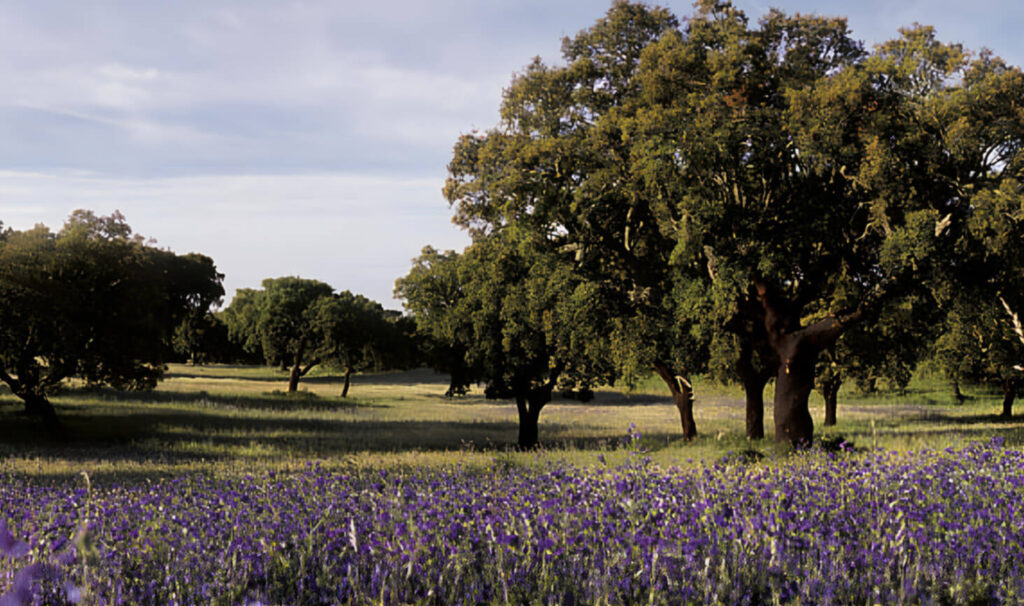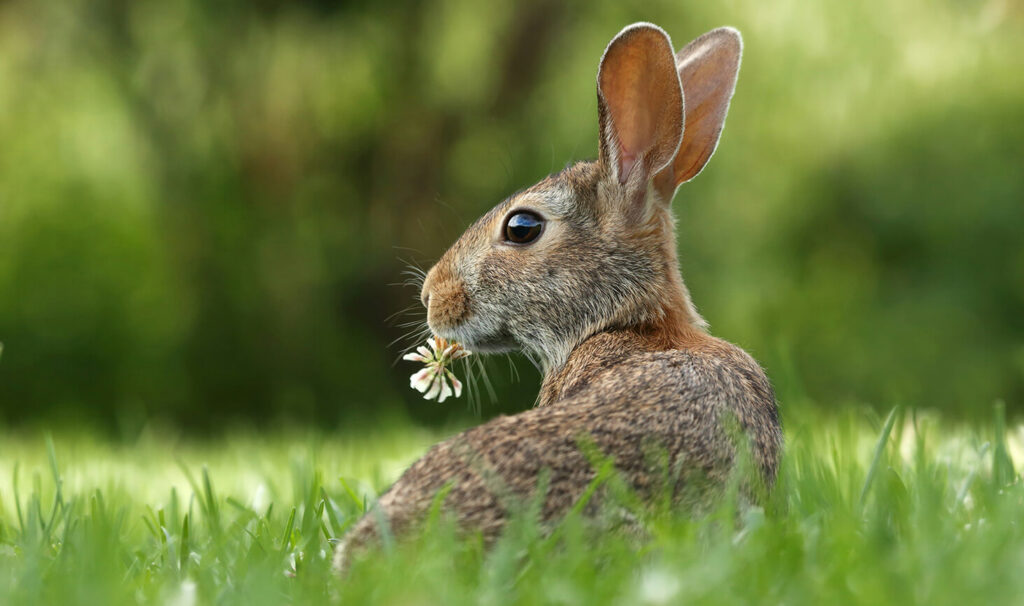The cork forests of the West Mediterranean. Image by Julian Hacker on Pixabay.
The cork oak (Quercus Suber) has been growing around the West Mediterranean Sea for millions of years. Although this special tree can flourish in many climates, the hot dry conditions of this region particularly favour its commercial use where it thrives on the poor, sandy soil.
Today there are approximately 2.1 million hectares of cork forests in this region with around 1.44 million hectares in Europe and 0.70 million hectares in North Africa. producing c300,000 tonnes of cork material each year.
Almost half (46%) of this comes from Portugal, a third (33%) from Spain with the remainder from Morocco, Algeria ,Tunisia, South of France, the west coast of Italy, as well as the islands of Sicily, Corsica and Sardinia.
The cork forest is the dominant ecosystem in much of these arid coastal areas providing food and habitat for wildlife, grasslands and many types of fauna as well as a deep root system that protects against erosion.
Why are cork trees so important?

A unique ecosystem: The cork oak forests retain almost 14 million tons of CO2 per year. Image © APCOR.
The cork oak tree is the only tree that allows its bark to be removed and then regrows again. Believed to have evolved as a natural defence mechanism against forest fires, this unique capability means that a cork tree that is harvested regularly absorbs 5 times more CO2 than other trees.
The bark which is harvested to make into numerous cork products is a thus a natural, truly sustainable material that can also be recycled.
Cork forests also provide a vital role in fighting climate change by regulating the hydrological cycle (the continuous motion of water from the ground to the atmosphere and back again).

Iberian pigs enjoying the acorns of the cork oakage.
Among the many types of wildlife that inhabit these forests, the Iberian pig is notably important in central and southern parts of Spain and Portugal. Famous for the unique nutty flavour of Iberico pork, these pigs live grazing on a diet of grass, mushrooms, bugs and herbs on the forest floor but their favourite food is the nutty acorns of the cork oak which make the richest tasting pork you can find.

The Iberian Lynx.
Another unique inhabitant of the cork forests is the Iberian Lynx whose survival is a recent success story. Thanks to recent conservation efforts the Iberian Lynx population increased from 62 mature individuals in 2001 to 648 in 2022 and today, the total population, including young and mature ones, is estimated to exceed 2000. Source: https://www.iucnredlist.org/species/12520/218695618.
Dehesa: Forest of Iberian Lynx is a documentary by BBC and National Geographic wildlife documentary director Joaquín Gutiérrez Acha, and produced by José María Morales, founder of Wanda Films. Video © The European Nature Trust

The European rabbit (Oryctolagus cuniculus), constitutes more than 90 percent of the Lynx’s diet in the cork forests. Photo by Gary Bendig on Unsplash.
#Cork #CorkForests #Conservation #Biodiversity #Ecology #Conservation #ReconnectWithNature




